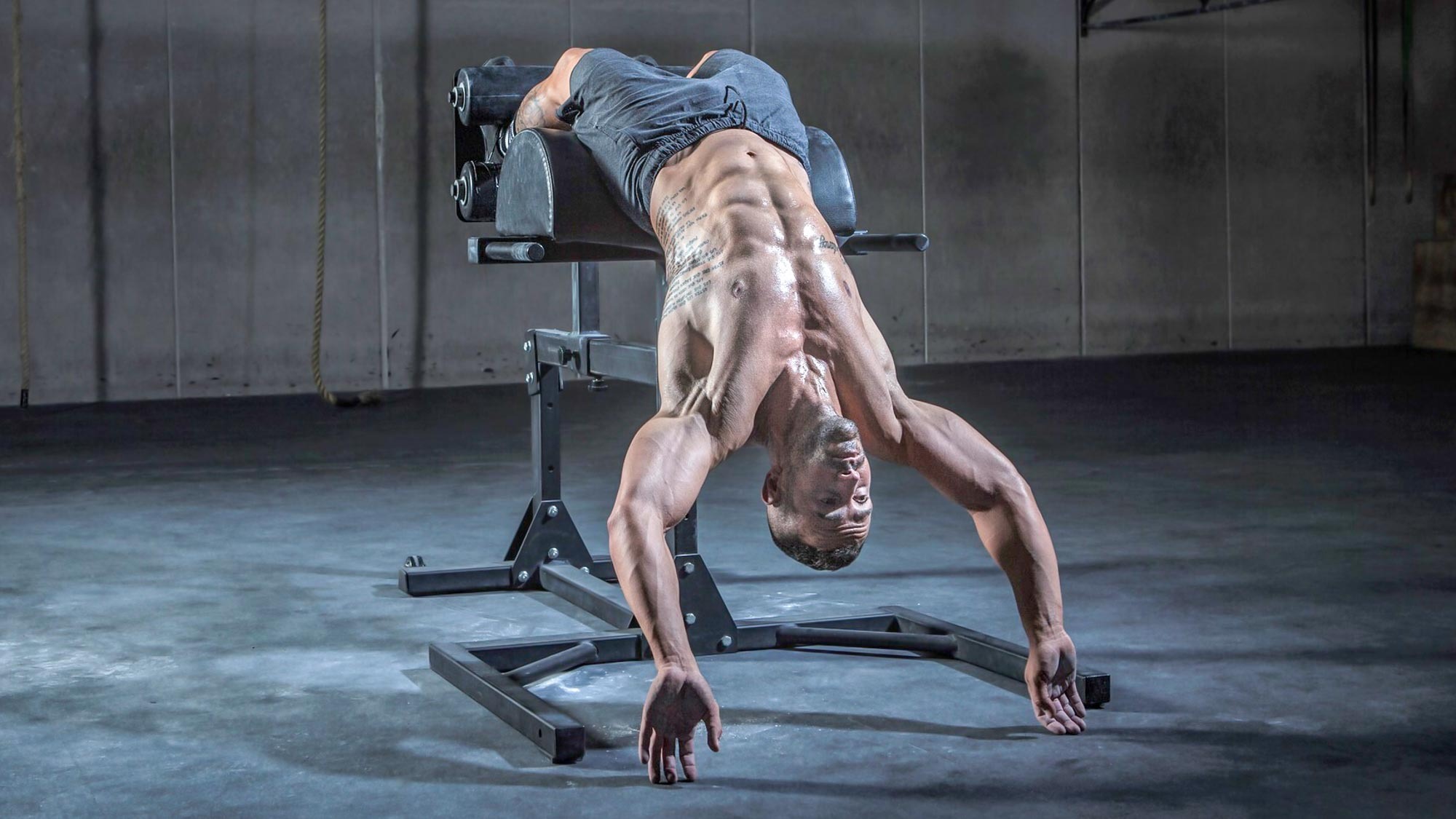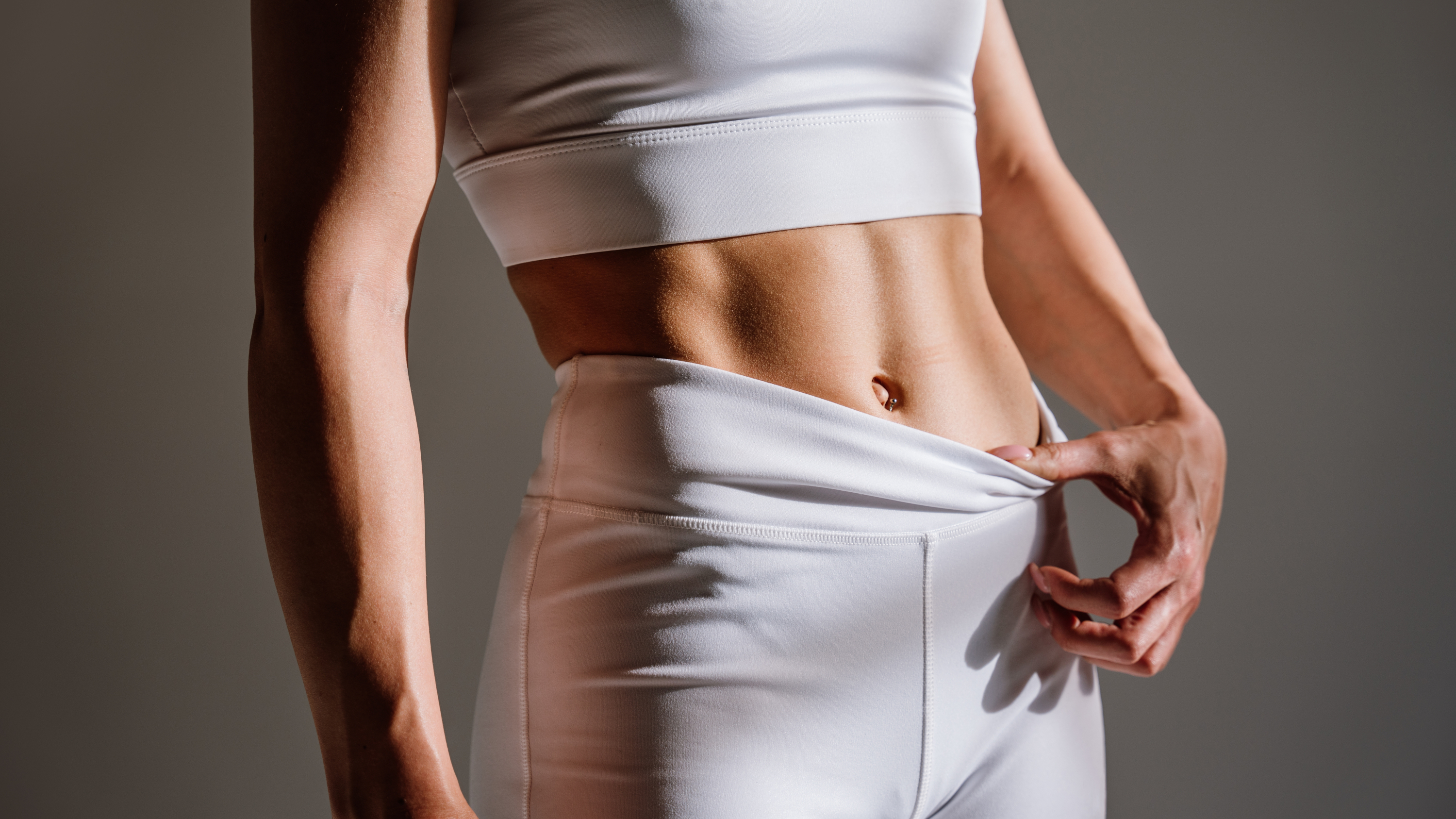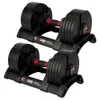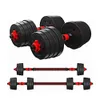
GHD sit-ups are the type of advanced abs exercise reserved for those in the gym who like to send their core muscles into meltdown. Think of them as the sister of the sit-up that likes to show off.
Whether you’re into dedicated abs workouts or prefer adding the best core exercises into your existing strength and conditioning programs, what the GHD sit-up doesn’t provide in glamour, it certainly makes up for in grilling your torso.
The GHD sit-up is done by laying supine (facing upward) on a GHD machine (Glute-Ham Developer) and performing a sit-up. Because your body is raised away from the floor, you’re now performing the exercise while partially hanging upside down.
I’ve been adding the blinged-up sit-up to my exercise routine — here’s why.
What is a GHD sit-up?

The Glute-Ham Developer can be used for back extensions, heavily targeting the posterior chain muscles like the lower back, glutes and hamstrings, or flipped and reversed for GHD sit-ups — best for those who like to add a little sparkle to stale core routines.
The sit-up variation vastly increases your range of motion, meaning your body has further to travel to effectively perform the exercise, which also places more tension on the muscles, working them harder — a training technique called Time Under Tension (TUT). If you want to get your abs trembling, this is a sure way to do it.
However, there’s a little controversy surrounding the exercise; many trainers will avoid teaching the move because of the potential additional stress on the spine, hips and knees, which I will cover later.
Sign up to get the BEST of Tom's Guide direct to your inbox.
Get instant access to breaking news, the hottest reviews, great deals and helpful tips.
How to do a GHD sit-up
GHD machines are one of the best machines for building strong abs. Need help with how to use one? Here’s how to do GHD sit-ups:
- Sit on the GHD pad and place your feet between the rollers with your toes pointing upward and feet flexed
- Press your feet against the backboard and keep a soft knee bend
- Position your hips just off the backside of the pad and gaze forward
- Brace your stomach to engage your core
- Keeping your back straight, slowly lower your torso and reach your arms overhead to touch the floor behind you
- Powerfully drive upward with straight legs to perform a sit-up, squeezing your quads and using your core muscles to pull your torso to an upright seated position
- Pressing through your feet and extend both arms to tap the rollers
- Slowly lower down again and continue for reps.
Avoid overstressing your legs or joints by straightening your legs as you drive upward. If you have back pain, stop immediately, and always clear a new exercise with your physician, personal trainer, or physiotherapist. If you’re new to sit-ups, I don’t recommend starting with this advanced exercise.
For those who plan to try them, start with fewer sets and reps and gradually increase as you get stronger — I recommend no more than 3-5 reps and 2-3 sets at first and save them for the end of your workout until your conditioning improves. This 2-move CrossFit workout is a great way to include GHD sit-ups in your routine.
So, if you're considering taking on this midsection-focused move, here are three reasons I'm adding the GHD sit-up to my abs workouts.
It’s an all-round muscle torcher
Honestly, there aren’t many exercises that blast my abdominals like GHD sit-ups, and I’ve been adding them more and more to my routine lately. Simply increasing the range of motion engages the entire front body, bringing the body from flexion to hyperextension and back again and hitting the whole length of your abdominal muscles.
But “hyper” anything can put people on edge, especially when we talk about the spine. Like anything in life, this exercise won't suit everyone, especially beginners or those with back problems. However, the GHD sit-up can still be safe and effective for improving core conditioning.
When you perform the move, engage and gently squeeze and contract your core, glutes and hamstrings to help protect your lower back and prevent your hip flexors from taking over the effort, which should also relieve pressure on the spine.
It strengthens, stretches and mobilizes
The advanced sit-up tackles your core and activates the muscles surrounding your spine through an increased range of motion. Done properly and built upon over time, GHD sit-ups can improve core stability and hip and spine mobility, stretching the upper body and hips at the bottom of the exercise.
Hyperextension refers to excessively moving in one direction, often beyond a “normal” range of motion. However, you’ve probably heard back extension exercises referred to as “hyperextensions” in the gym, when we move from a hip hinge to an extension to strengthen the muscles along the posterior chain, including the back.
A common problem with hyperextension of the spine is that you might not properly engage the correct muscles to support your body and keep you safe, so you’ll need to keep your glutes, quads and hamstrings tight to help isolate the abs and keep the intensity where it should be.
So are GHD sit-ups safe? When performed properly and keeping the correct muscle groups engaged, moving the body through an extended range of motion can help build strength, flexibility and mobility.
I also recommend checking the setup of your GHD machine to ensure you’re positioned properly and aren’t compensating with your spine and hips — asking a trainer in the gym takes a few minutes and should set you up for success.
It's scaleable
I recommend practicing standard sit-ups and their variations if you’re wondering what to do instead of GHD sit-ups.
Once you feel comfortable that you’ve built enough foundational core strength, you can practice a more accessible variation of GHD sit-ups using two dumbbells and a medicine ball on the floor. Use the medicine ball to sit on, positioning your hips just in front of the ball to allow you to lean back. Secure your feet under two heavy dumbbells.
When using a GHD machine, practice pausing in the horizontal plane without fully sitting up. To make the exercise harder, some athletes like to add weight, rotate to engage the obliques, or play around with tempo or arm positions.
Find out what happened when our writer did GHD sit-ups every day for one week.
Will GHD sit-ups give me abs?
GHD sit-ups heavily recruit the abs, and I love how much I feel this exercise across my torso — it helps engage my core most of all the ab workouts I do.
However, I don’t own a set of rippling abs, and I doubt I ever will. Firstly, how well you can see your abs doesn’t tell you how strong your core is. Some of the strongest people in the world don’t own a six-pack — growing muscle and showing it off (essentially, aesthetic muscle definition) comes down to body fat percentage.
There are a few reasons you can't see your abs yet despite working out. But I don’t recommend making it the defining factor unless body composition is your goal — here’s how to determine between hypertrophy and strength training instead.
More from Tom's Guide
- I did the Leaning Camel exercise every day for a week — here’s what happened to my body
- You don’t need squats to strengthen your hips, glutes and quads — just this one bodyweight exercise
- Forget the gym — I tried this 20-minute equipment-free Pilates workout to strengthen my core and improve my posture

Sam Hopes is a level 3 qualified trainer, level 2 reiki practitioner and senior fitness writer at Tom's Guide. She is also currently undertaking her Yoga For Athletes training course. Sam has written for various fitness brands and websites over the years and has experience across brands at Future such as Live Science, Fit&Well, Coach, and T3.
Having worked with fitness studios like F45 and Virgin Active, Sam now primarily teaches outdoor bootcamps, bodyweight, calisthenics and kettlebells. She also coaches mobility and stretching-focused classes several times a week and believes that true strength comes from a holistic approach to training your body.
Sam has completed two mixed doubles Hyrox competitions in London and the Netherlands and finished her first doubles attempt in 1:11.




